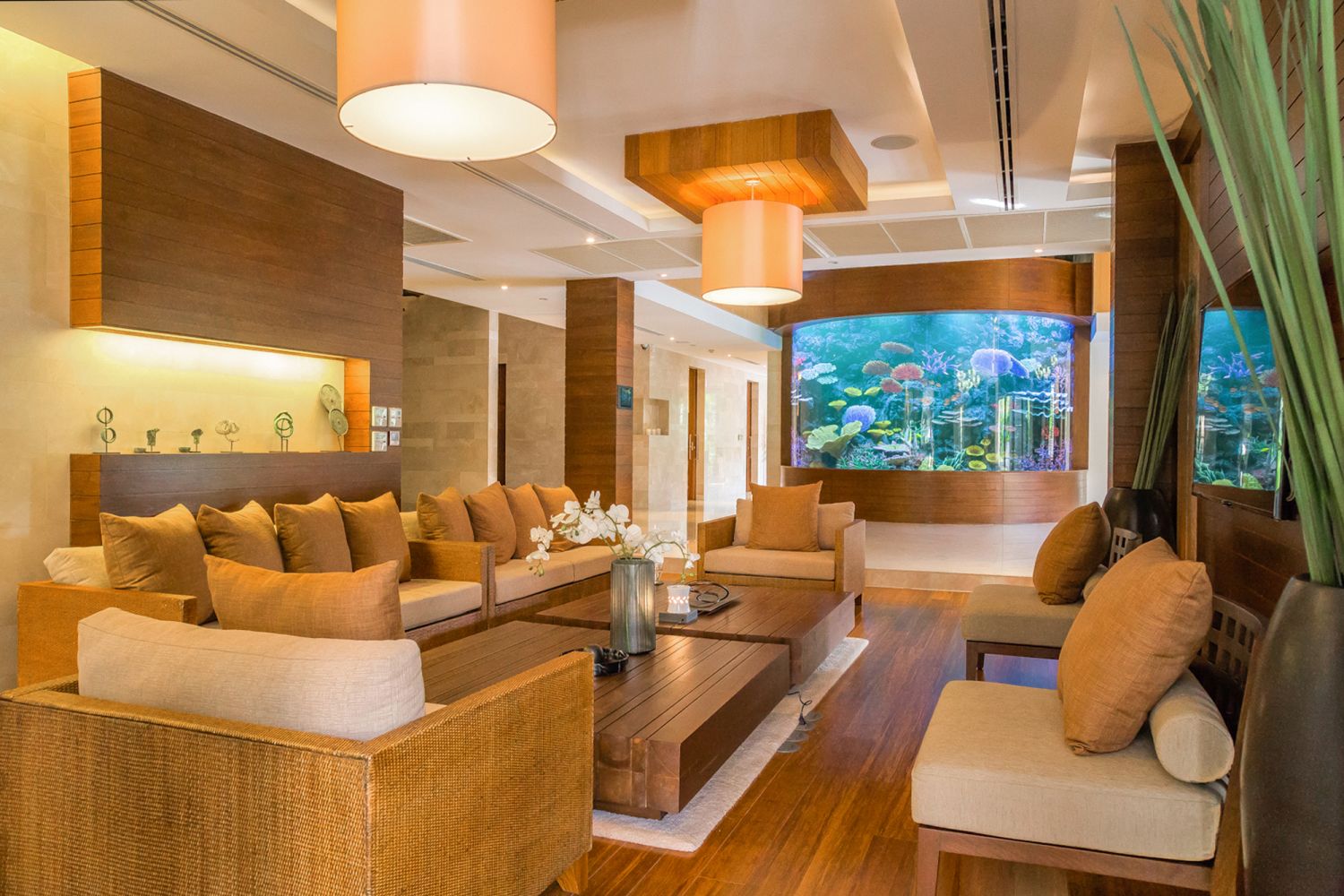Looking to buy a new home soon or expand your property portfolio? These are the key trends to know
How do we improve our health and overall well being in this new normal? It starts with where we choose to reside in, and the design of our abodes. The Covid-19 pandemic has certainly heightened the importance of our homes, going far beyond providing the proverbial roofs over our heads to accommodate the evolving needs of our work and personal lives.
While Singapore proved to be the best performer in the region last year, Hong Kong fared equally well despite the 2019 political unrest, adds Christine Li, head of research at Knight Frank Asia-Pacific. She is confident of a positive long-term performance in the housing market. Li also feels that “the unorthodox access to international talent is likely to skew home buying preferences across Asia-Pacific’s gateway markets for the long-term”.

“As time goes, things start to normalise. We can see the potential growth in markets that did not do too well in the last two years, such as Taipei and first-tier cities in China (Shanghai, Beijing, and Shenzhen), to do better, with forecast going beyond 5 per cent annual growth in 2022,” she says.
Here, we highlight some of the key property trends to watch in the year ahead.
Don’t miss: 2021 Recap: 5 Popular Property Trends in Singapore










